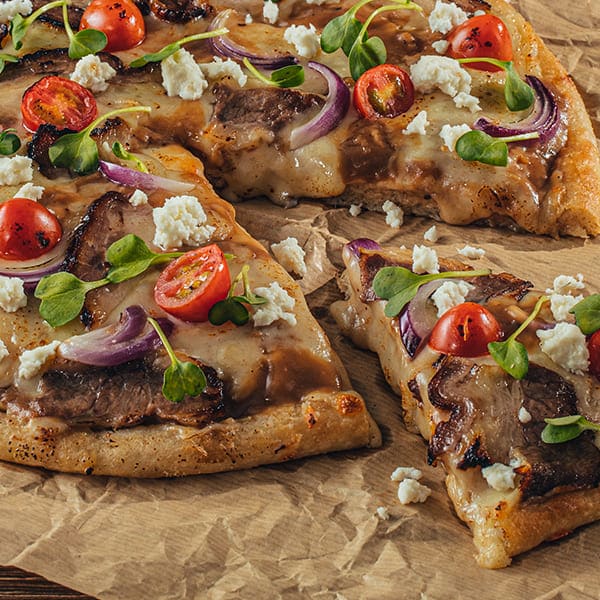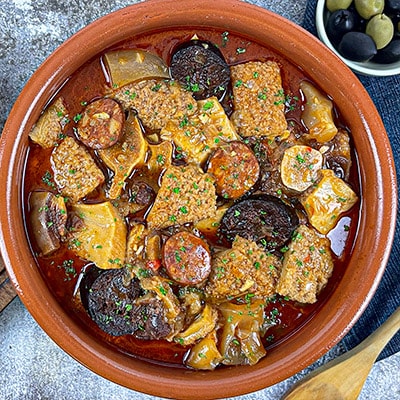A restaurant’s success hinges on the synergy of its many moving parts. From taking correct orders to plating mouthwatering dishes to serving well-chilled beverages, numerous elements work towards creating a positive diner experience. And behind these tasks are your front-of-house and back-of-house teams that collaborate to keep your operations smooth sailing.
But what if they become too clannish and start showing signs of disagreement? Or, worse, they compete at every opportunity and hamper everyone’s productivity? Your role as a business owner is to facilitate communication and spur collaboration ASAP. Nip the issue in the bud before your customers begin to notice!
Get started by learning the responsibilities of various front-of-the-house and back-of-the-house positions. Then, implement best practices that urge your staff to function harmoniously.

What Is Front of House?
The front of the house (FOH) refers to all customer-facing areas and activities in any F&B establishment. This is where you interact with your guests, conduct transactions, and handle customer concerns. Its focus is to satisfy diners throughout their stay via impeccable service.
Common FOH areas
Most people associate the front of house with the restaurant’s dining hall. But it can also go beyond these four walls and involve the following:
- Parking lot
- Entryway
- Waiting area or lobby
- Host/hostess station
- Bar
- Buffet station
- Restrooms
- Outdoor seating
- Landscaped garden
- Takeout or delivery counter
Front-of-house positions
Think of your front-of-house team as your frontliners. They welcome guests, take their orders, and serve their food. They’re also your spokespersons, PR executives, and endorsers who are in the public eye daily. As such, they must maintain excellent hygiene and embrace a professional and welcoming demeanor consistently. Typical FOH roles include:
- Host/hostess
- Parking attendants
- Headwaiter or captain
- Server
- Serving assistants
- Food runner
- Busser
- Bartender
- Barback
- SommelierGeneral managerFOH manager
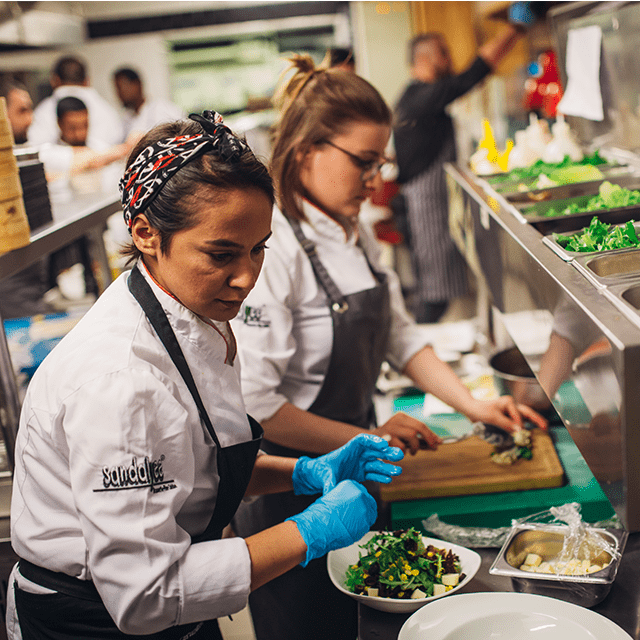
What Is Back of House?
The back of the house (BOH) involves all areas and activities hidden from customers. This is your restaurant’s central command center that prepares, cooks, and plates menu items. Additionally, it undertakes administrative tasks to keep the business running smoothly.
Common BOH areas
The BOH is typically under immense pressure, so you can expect it to be more chaotic than the FOH. And because of the hot environment, the energy here is more palpable, while emotions can run high. It covers the following:
- Hot and cold kitchen
- Pantry
- Storage
- Delivery staging area
- Offices
- Employee restrooms
- Break room
- Mechanical room or outdoor area
Back-of-house positions
All BOH staff handle food and supplies directly, so they must maintain strict safety standards. Even if customers don’t see them, they need to wear clean uniforms and follow hygiene protocols. The usual positions for this zone include the following:
- Head chef
- Sous chef
- Line cook
- Prep cook
- Kitchen porter
- Dishwasher
- Expeditor
- Kitchen manager
- BOH manager
- Maintenance staff
- Housekeeping staff
- Cleaners
- Delivery driver
- Marketing officers
- Accountants
Common back-of-house equipment
Your BOH team requires specific tools and equipment for daily operations. You’ll need to invest in these:
- Bakeware
- Chef’s knives
- Cooking utensils
- Cookware and other cooking equipment
- Cutting boards
- Deep fryer
- Dishwasher
- Freezer
- Ice machine
- Oven
- Refrigerator or walk-in cooler
- Rubber floor mats
- Safety equipment
- Shelving and baker’s racks
- Sinks
- Storage

How to Encourage Collaboration Between FOH and BOH
While FOH and BOH roles are distinct, teams should still aim for collaboration. Remember: many F&B tasks overlap; service and food production always go hand in hand. So, the key to success is working harmoniously and instilling this sentiment in your employees. There’s no need to compete against “those people in front” or “the behind-the-scenes guys.”
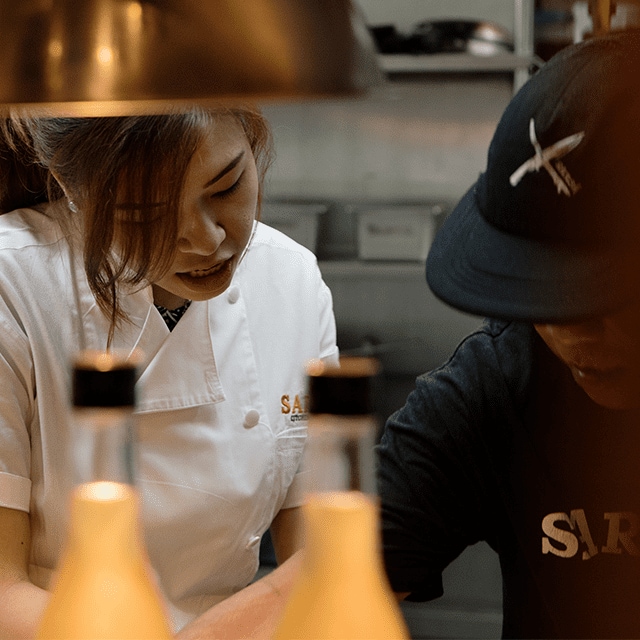
Tip #1: Instill inclusivity in the workplace.
Being inclusive means welcoming others into the team regardless of gender, race, religion, and nationality. In F&B businesses, the list extends to cooking background, waiting experience, and skill levels. Additionally, you can instill inclusivity in your workplace by:
- Fostering mindfulness
- Interacting respectfully
- Demonstrating sensitivity
- Breaking language barriers
- Maintaining a supportive environment
- Accommodating differences in cultures and ideas
- Celebrating wins of team members
By encouraging these practices in your FOH and BOH, you create a safe space for both your staff and customers. Win-win!

Tip #2: Be transparent with goals and expectations.
Transparency creates trust in the workplace. If you set clear expectations, your team can act accordingly and help you achieve goals. So, make sure both your front-of-house and back-of-house staff know about the business’ standing, any challenges, and how management plans to overcome them. This way, everyone can collaborate towards the same objectives.
For example, your dream is to be part of Asia’s 50 Best Restaurants in three years. Share this goal with your FOH and BOH staff so they can craft a plan to improve service and diversify the menu. Then, inform them about the rigorous training they’ll undergo to enhance their skills. If they know what you want to achieve, they’ll be more motivated to help you get there.

Tip #3: Share more staff meals.
Your FOH and BOH teams have limited interactions daily. So, it's crucial to facilitate ways for them to spend time together, like shared meals. This casual activity is a chance for everyone to get to know each other, clarify responsibilities, and share experiences. Understanding everyone’s role in the business will create ways to ease internal pressure, maintain open communication, and facilitate teamwork.
Additionally, staff meals are an opportunity for everyone to try new menu additions. If your BOH is developing a recipe, they can ask for feedback from the FOH team based on their familiarity with customers. You can also try new products or ingredients during these meals. For example, you can come up with different roast chicken versions, like one with hoisin sauce and another with Knorr Liquid Seasoning. Serve them during lunchtime, then ask everyone to vote on which deserves a spot on your menu.
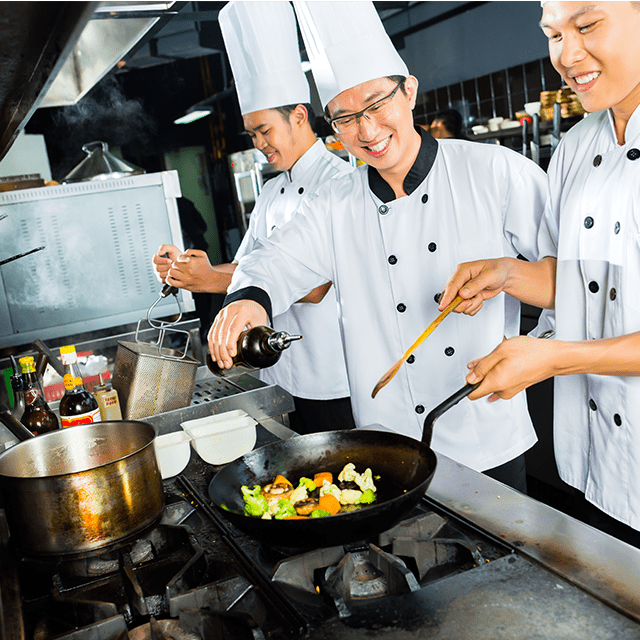
Tip #4: Welcome all kinds of feedback.
A common mistake staff members commit is providing feedback only when there’s a problem. Consequently, this causes their colleagues to associate open communication with negative experiences. Eventually, this leads them to feel undervalued and misunderstood.
The best solution? Work towards fostering an environment where people are encouraged to give compliments and constructive feedback regularly. Conduct huddles before and after shifts to hear everyone’s thoughts. And schedule performance reviews and evaluations every six months.

Tip #5: Be patient with your team.
Building a positive environment for your team takes time and effort. Don’t expect overnight results! It helps to communicate with your staff on a personal level. Show interest in them and not just the skills they bring to your business.
Collaboration is more than just something that happens in the kitchen during a busy service. Instead, it's an ongoing process that needs regular nurturing.
Ready to take your teamwork to the next level? Improve communication lines between your front-of-house or back-of-house staff and take advantage of opportunities to collaborate. Implement the tips above to foster camaraderie and increase everyone’s productivity. It starts today!

